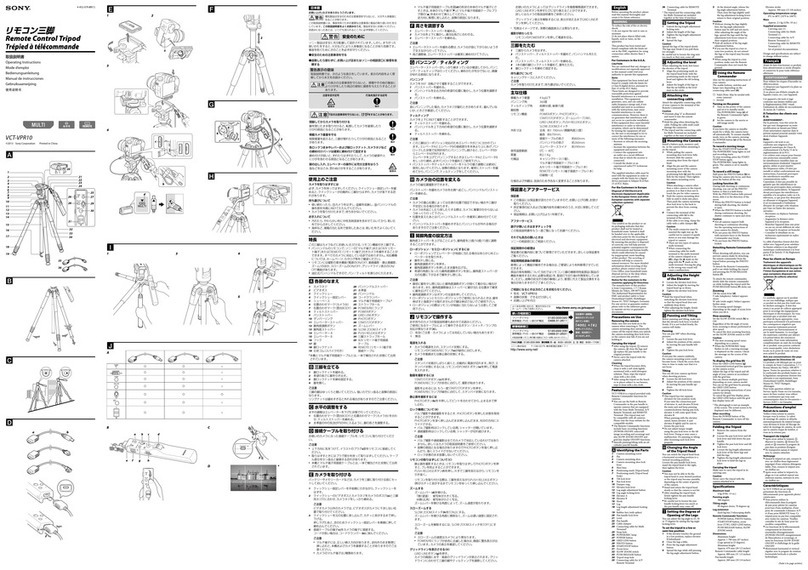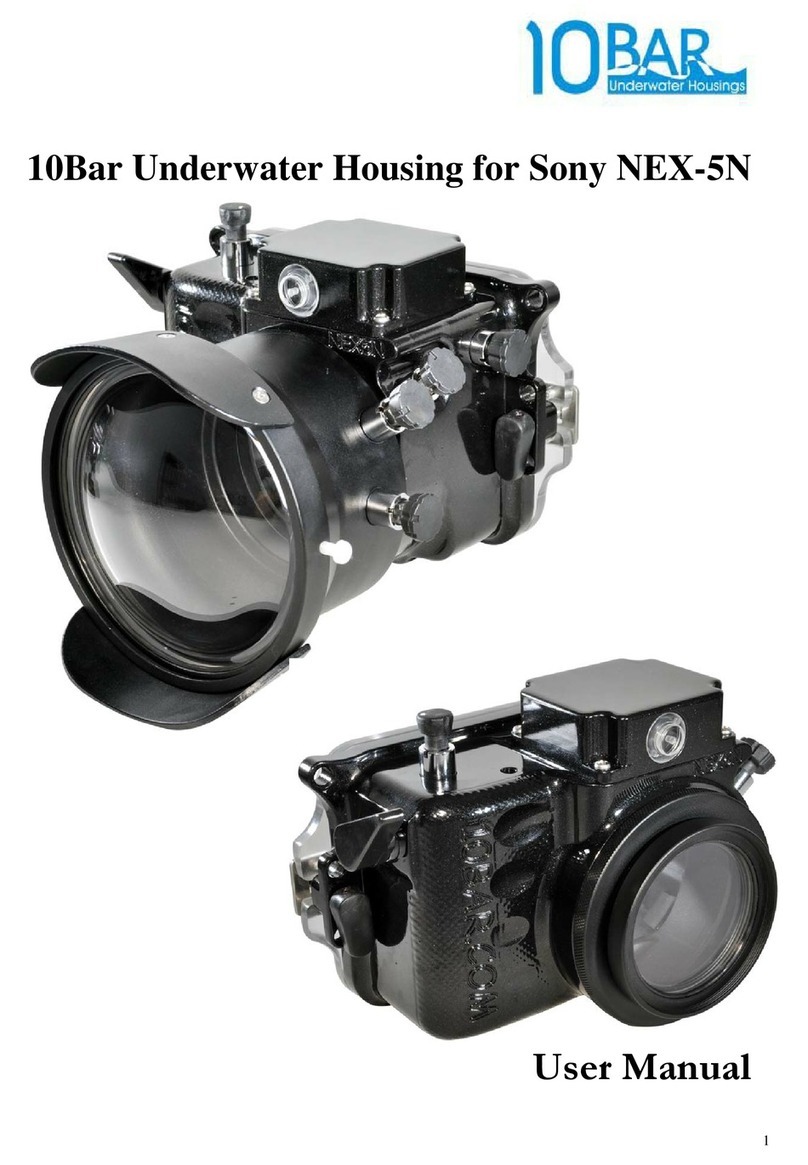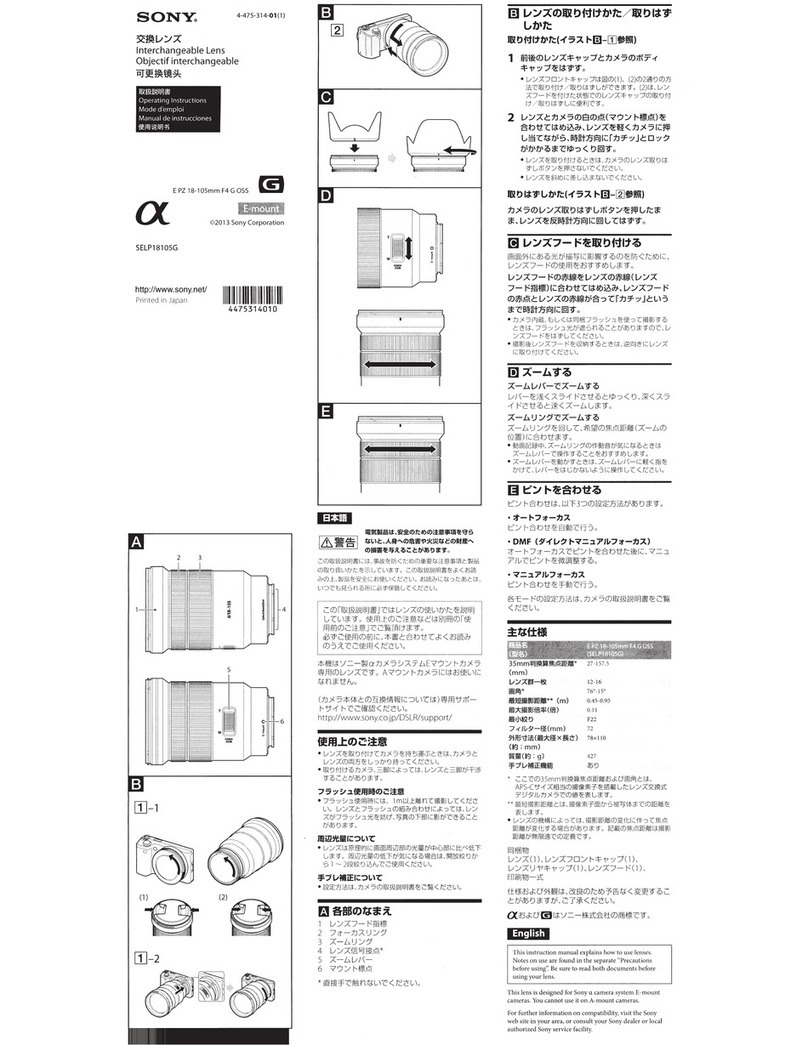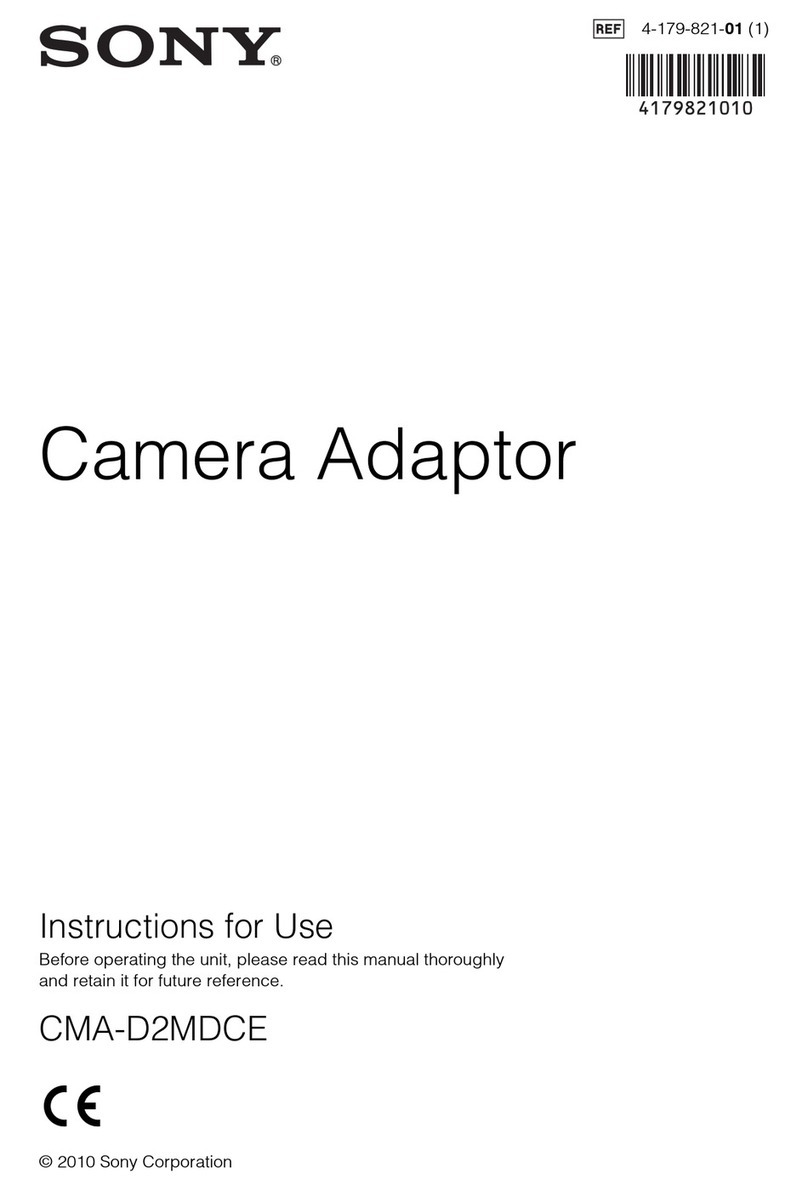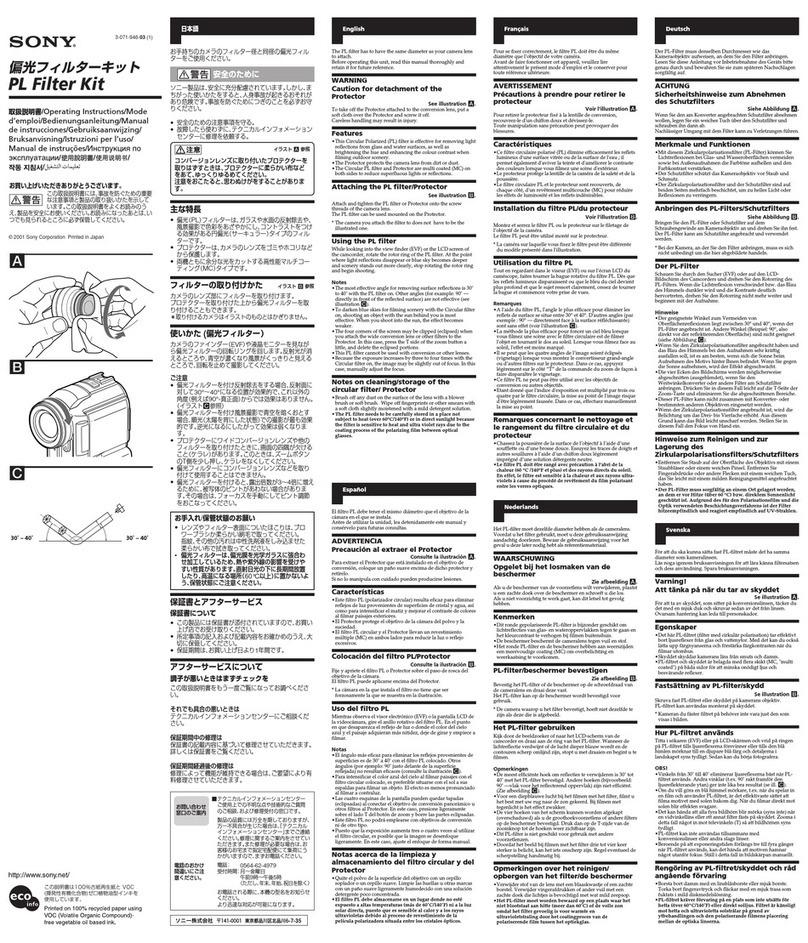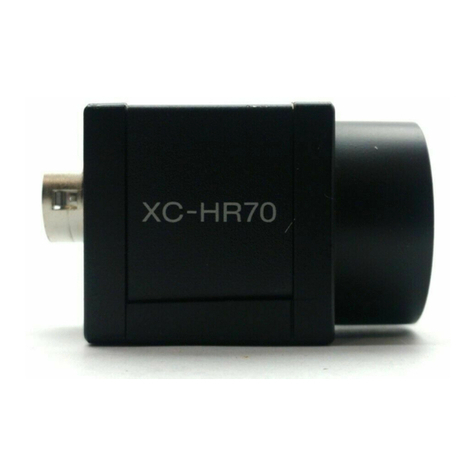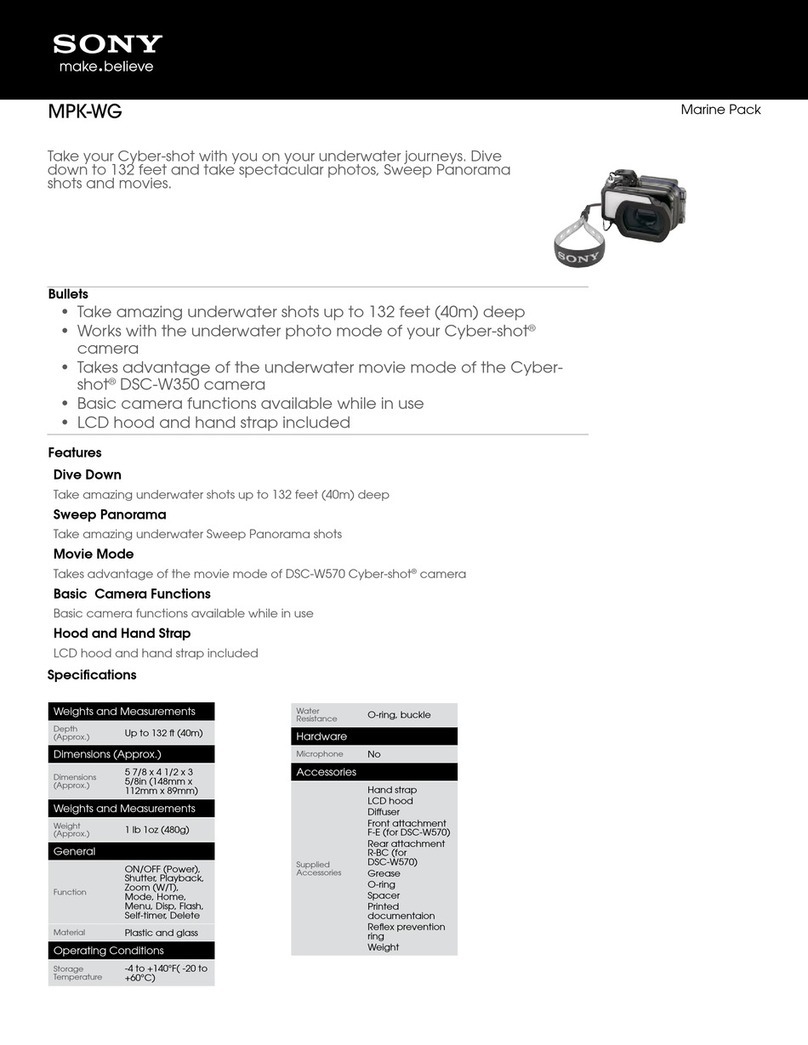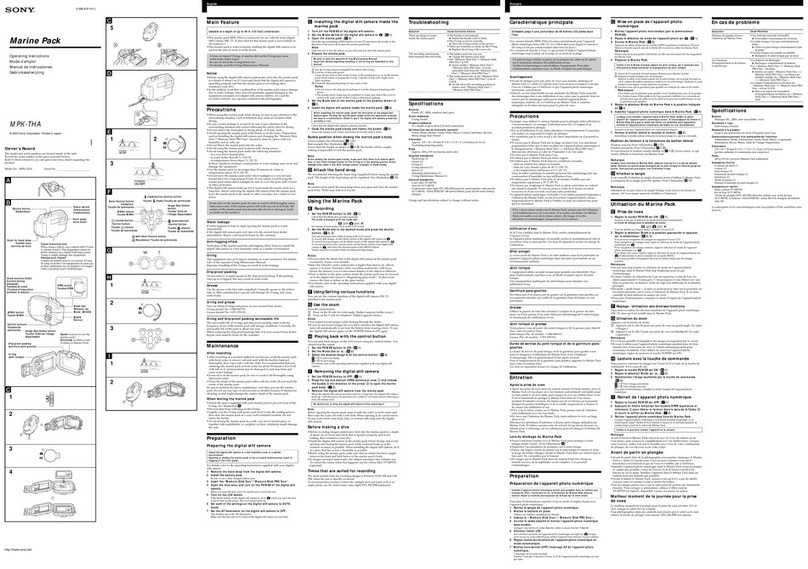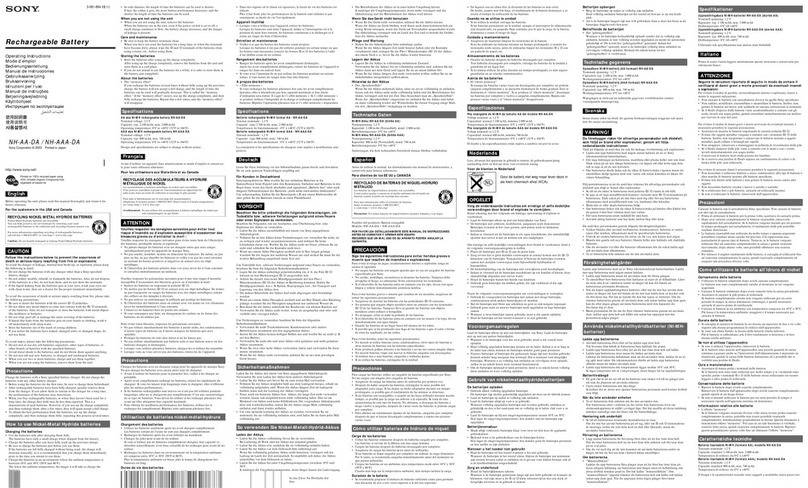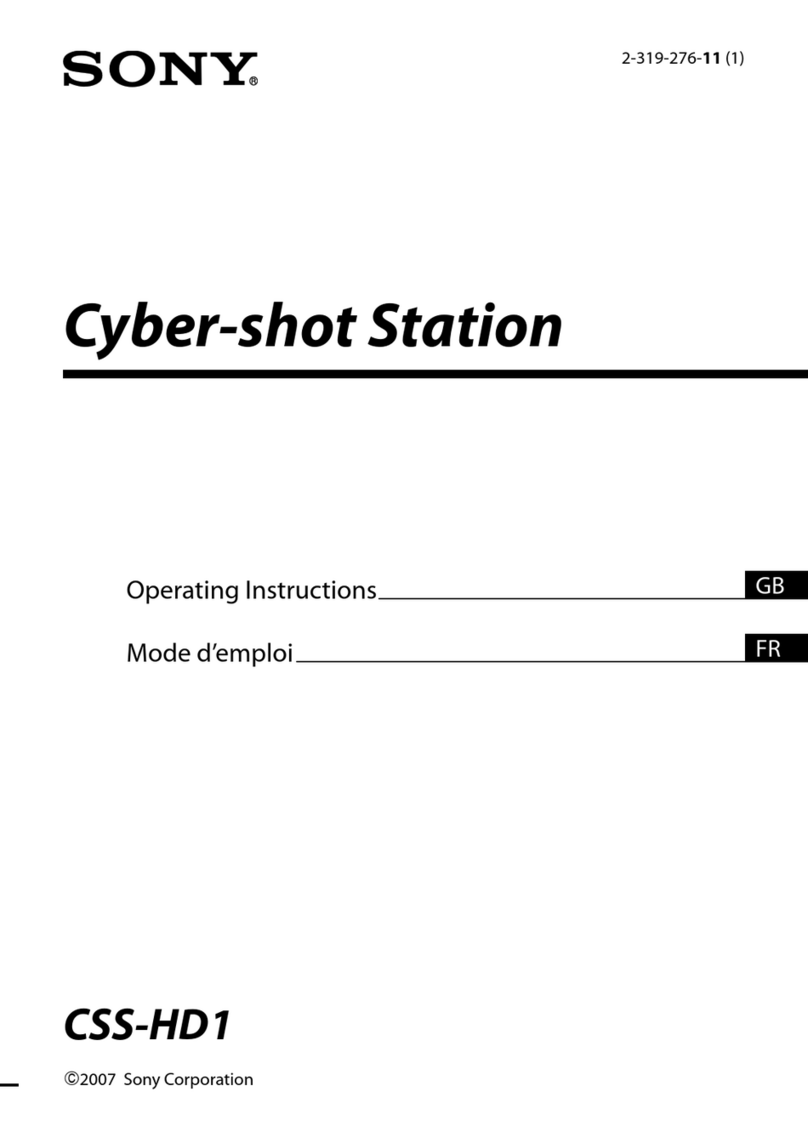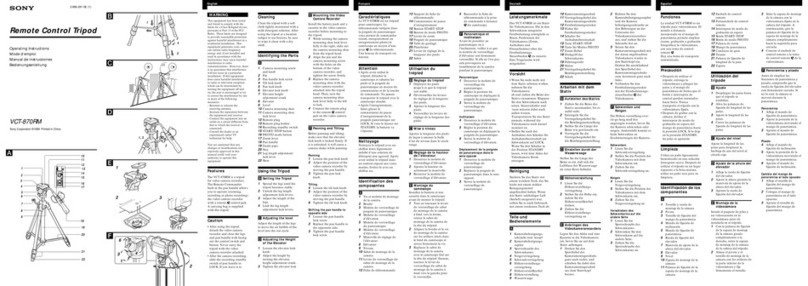
2
Table of Contents
Overview
Features .................................................................. 3
Notes on Operation ................................................ 4
Typical CCD Phenomena ..................................... 4
System Components .............................................. 5
Connection ............................................................. 6
Location and Function of Parts and Operation .. 7
Front/Top/Bottom ............................................... 7
Rear .................................................................... 7
Using a Tripod .................................................... 8
Connecting the Cables ....................................... 8
Multi-Function Output Specifications ................ 8
GPI Input Specifications .................................... 9
Trigger Input Specifications ............................... 9
Functions
Camera Drive System ......................................... 10
Triggering ............................................................. 11
Trigger Polarity ................................................... 11
Special Trigger Modes ........................................ 11
Shutter .................................................................. 12
Trigger Inhibit ..................................................... 12
Trigger Delay ....................................................... 13
Multi-Function Outputs/GPIs (general-purpose
inputs) ................................................................... 13
Gain ...................................................................... 13
Digital Pedestal .................................................... 14
Digital Clamp
(XCG-5005E only) ............................................... 14
Digital Gain .......................................................... 14
Digital ON/OFF
(XCG-5005E only) ............................................... 14
Look-Up Table ..................................................... 14
Switching Output Bit Length ............................. 14
Test Chart ............................................................. 14
Partial Scan .......................................................... 15
Binning Mode ....................................................... 15
Frame Rate Control ............................................ 16
Image Acquisition Modes ................................... 16
Memory Channels and User Memories ............. 16
Network Functions .............................................. 16
Control Operations
Camera Control Registers ...................................18
Camera Initialization Register ..........................18
Image Control Registers ...................................18
Network Control Registers ...............................20
Acquisition Control Registers ...........................20
Memory Control Registers ...............................21
Feature Control Registers .................................21
Feature Control Registers .................................22
LUT Control Register .......................................26
Memory Channel Registers .................................27
Default Value List ................................................29
Feature Control Inq Registers ............................32
Specifications
Specifications ........................................................33
Appendix
Spectral Sensitivity (Relative Response)
Parameters ............................................................34
Dimensions ............................................................35

